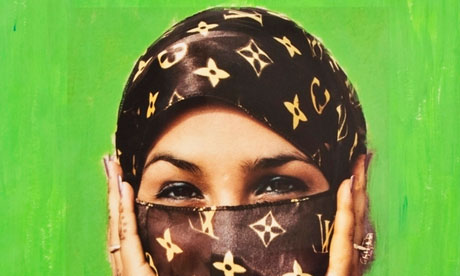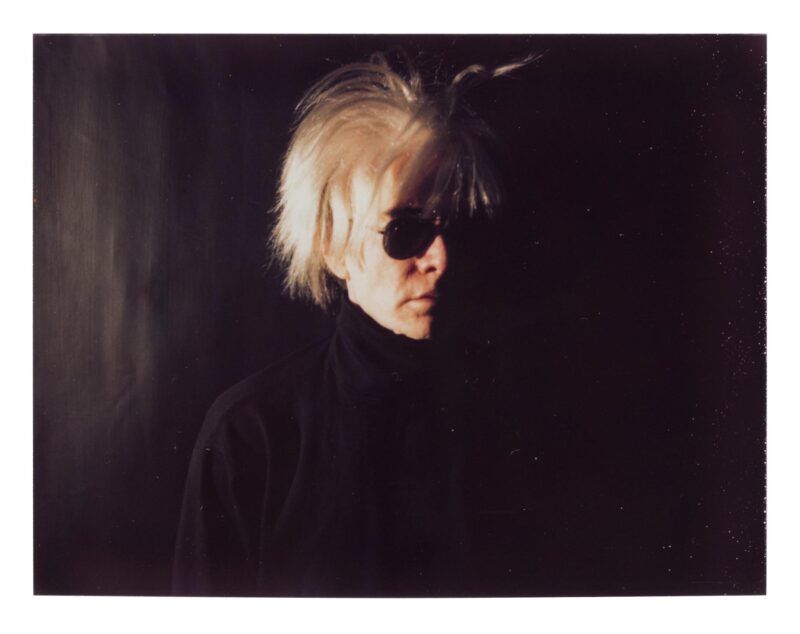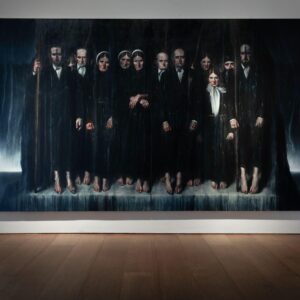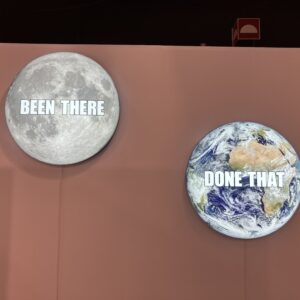
Hassan Hajjaj, Saida in Green. Photograph: Art Fund Collection of Middle Eastern Photography at the V&A and the British Museum
Does it matter who takes a photograph? The camera is a machine, after all. The identity of a finger pressing a button to release a shutter is surely irrelevant.
But that of course is to make assumptions about photography that no one believes any more. If you think it doesn’t matter who takes a picture, you probably also think the camera never lies.
Light from the Middle East, a new photography exhibition at the V&A (it’s ticketless and free), implies in its title a fresh perspective on a much-imaged part of the world. Western photojournalists may claim to cast light “on” the Middle East. The light here comes “from” there, in a survey of recent photography from Iran, Saudi Arabia, Israel and other states in the region.
Mehraneh Atashi‘s photograph Bodiless I puts the artist in the picture. It portrays a bare-chested bodybuilder working in a traditional wrestling gym (or zurkhaneh) in Tehran. Women are supposed to be forbidden from this male world, but Atashi captures herself in a mirror, pointing her camera up at the proud, muscular man.

The exhibition is full of insights from within cultures that are so often photographed and reported from the outside. Issa Touma’s series of dynamic black and white pictures, called Sufis, gets very visually close to a religious procession in Syria. But the pictures are not just physically close: they are empathetic, in contrast with the hostile images of Islam that may be more familiar from western reporting.
Edward Said argued in his book Orientalism that the Middle East has been in a very special way a locus of European and more recently American fantasy and caricature – a place the west reinvented as it pleased. The photographs here retake possession of a complex place with complex images. Thus, Hassan Hajjaj produces what might be called a carnival of east and west in gaudy parodic fashion photos that confuse stereotypical western styles and stereotypical Morrocon garb.
Don’t come here looking for answers or certainties to add to the poison of ideology and dogma. The interest of this exhibition lies in its open-ended questioning of conventional images of the Middle East. Its strength is that it leaves you with a sense of the inadequacy of simple formulae or cliches to describe the richness of real life, here, there, everywhere.
guardian.co.uk © Guardian News & Media Limited 2010
Published via the Guardian News Feed plugin for WordPress.







